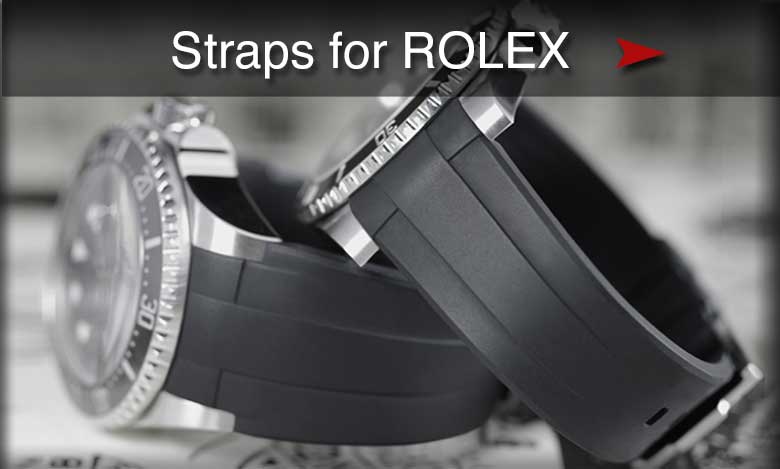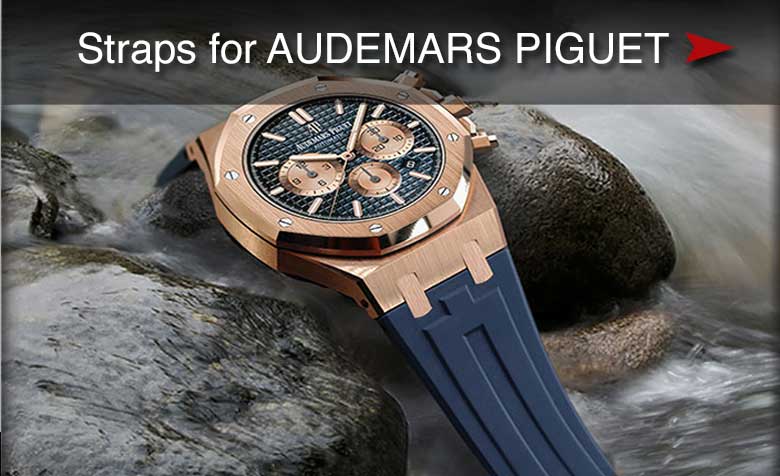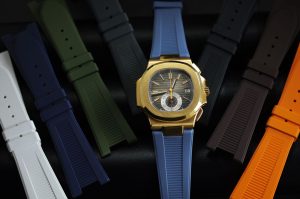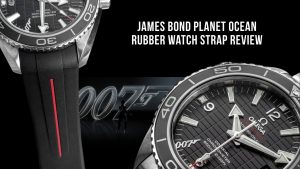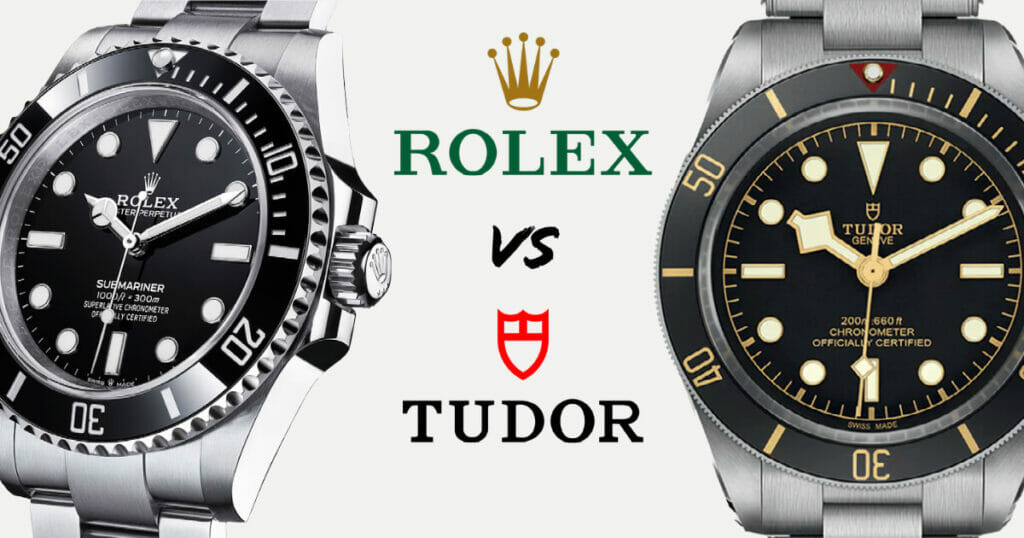
As those who have been reading for this blog for a little while can attest to, the use of the subheading “Rubber B Presents…” means that this piece is going to be a deep dive into a topic. However, even for us, this will be one of the longest articles we’ve ever published on a given topic before – in fact, the last time we attempted something this ambitious on the blog, it was when we ran an article on the historically significant collaboration between Rolex and legendary filmmaker James Cameron, which you can read here if you’re so inclined.
The topic that we are planning to explore today is to look at the past, present, and future of two of the most storied brands in luxury watchmaking history: Rolex Vs Tudor. The companies have a truly unique legacy – a relationship that is not shared by any other watchmakers in the world, for reasons that we will certainly explore in more depth below.
In order to present a full picture of how these two storied siblings compare and contrast with one another, it is important to understand them both as individuals – how they were founded, what they are best known for, how they are perceived today, and where, as much as possible, we think they are going to be headed in the immediate future.
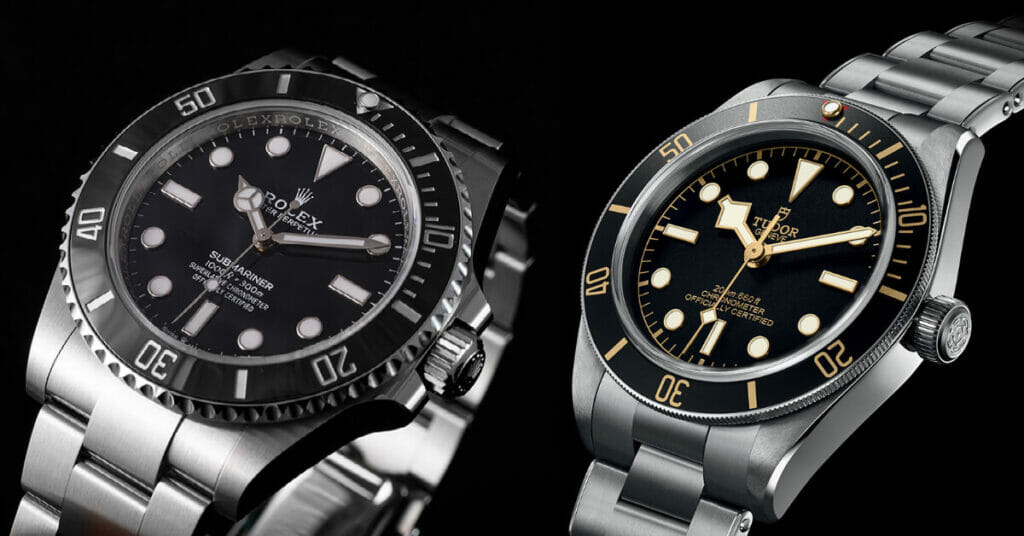
To fully set the scene, it is important to understand how both of these companies came to be – as you’ll soon discover, the fact that they have the same “father,” if you will, is something that has come to define both of the brands indefinitely.
Is this a story about watches? Certainly. But it is also a fascinating look at the psychology of both a person and the companies he founded, and the ways in which a man’s legacy, that which he leaves behind long after his passing, can begin to take on their own meaning and have their own voice.
To be clear, for those who did not know this, Rolex and Tudor were founded by the same gentleman: Hans Wilsdorf. To begin with, let’s take a closer look at the life, and legacy, of Mr. Wilsdorf, who wrote his name indescribably large on the history of horology, and forever changed the world of watchmaking with his pioneering sense of innovation and incalculable business acumen.
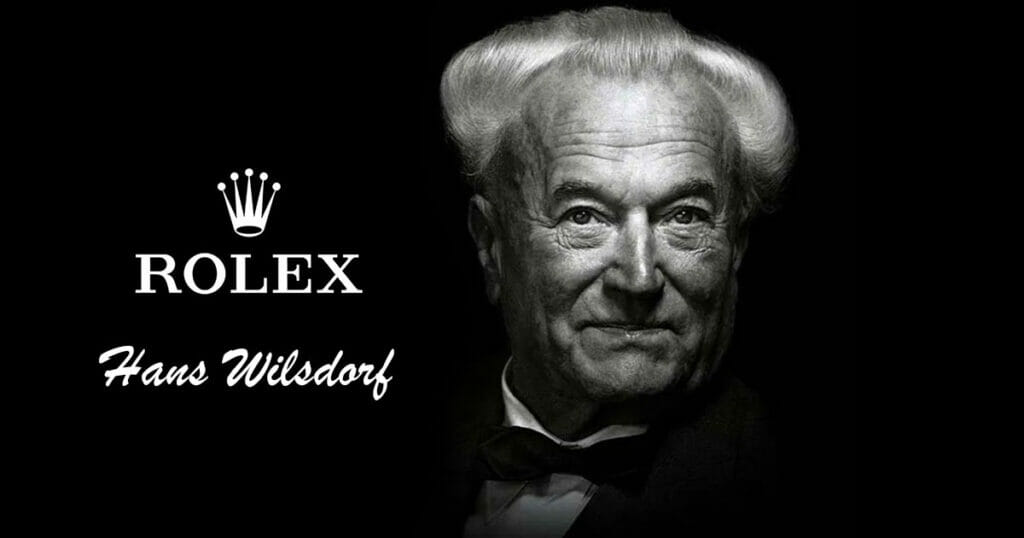
Who Was Hans Wilsdorf? A Brief Profile of the Pioneering Watchmaker and Businessman
It is rare that someone truly manages to change an entire industry, to be able to have people definitely say “There was a before and after ….,” but in the case of Hans Wilsdorf, that is very much a true statement. What makes his story even more impressive is that he not only changed horological history in a permanent way, not only founded a legacy watchmaking company – he founded two of them. In short, as Michael Jordan is to basketball or Mozart was to Western music, so is Hans Wilsdorf to watchmaking.
Hans Wilsdorf was born on March 22, 1881, to Anna and Johan Daniel Ferdinand Wilsdorf in Kulmbach, Bavaria, or what we now would simply call Germany. Born to Protestant parents, he was the second son of a family which had three children. Unfortunately, Hans would have to grow up somewhat quickly, as he would deal with multiple tragedies at an early age.
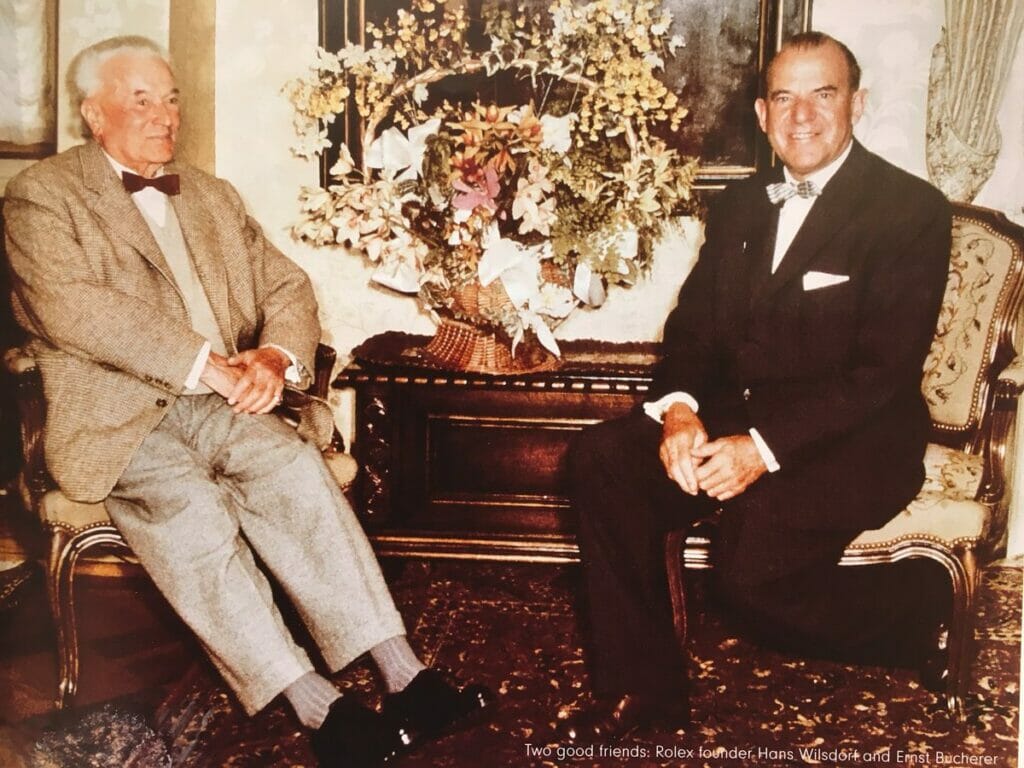
His mother would die when he was just a young boy, and by the time he was twelve years old, his father would die as well, leaving him and his siblings completely orphaned. This would have been an even harsher situation to deal with at that time than it would be if it occurred today, because child protective services, and the other social safety programs that we have today for children, were either in their infancy or had not been invented yet.
Hans, and his two other siblings, became the wards of his wealthy uncle, who had become prosperous by managing the family business, which had previously belonged to his grandfather, and then his father as well. His uncle would sell the family business and ensure that he and each of his siblings, including his sister, would go to an excellent boarding school and receive a world-class education, which was a rather progressive notion for the time.
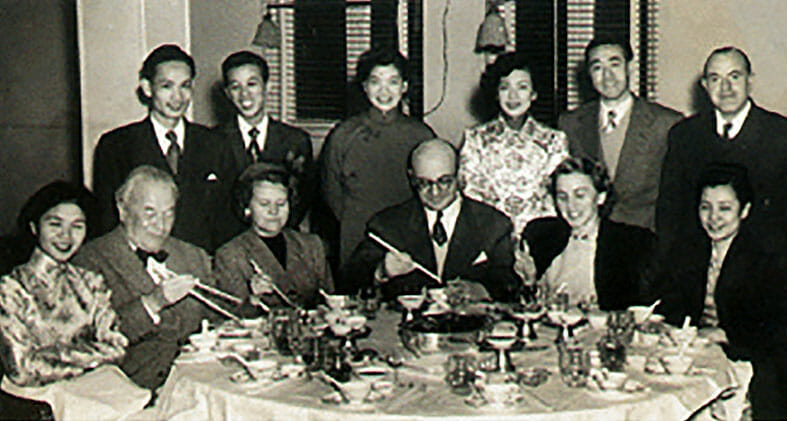
Many years later, in 1946, Hans Wilsdorf would publish a four-part autobiography entitled Rolex Jubilee Vade Mecum. In it, he would go on to state that “Our uncles were not indifferent to our fate; nevertheless, the way in which they made me become self-reliant very early in life made me acquire the habit of looking after my possessions and, looking back, I believe that it is to this that much of my success is due.” This outlook would inform his personal philosophy for the rest of his life, and thus eventually lead to the founding of both Rolex and Tudor.
What Led Hans Wilsdorf to Founding Rolex?
It should go without saying that one does not just found a legacy brand overnight – and in Hans Wilsdorf’s case, a number of things conspired to happen exactly at the right place, and the right time, to lead him to his place in watchmaking history.
As it turned out, Mr. Wilsdorf was very academically inclined – he particularly excelled at foreign languages and mathematics, which should not entirely be surprising of a man who founded an international watchmaking firm. His facility with languages inspired him to seek both adventure and employment in a foreign land, and he would soon find himself moving to Switzerland, where he would work a series of different jobs, all of which he would acquire valuable experience and knowledge from.
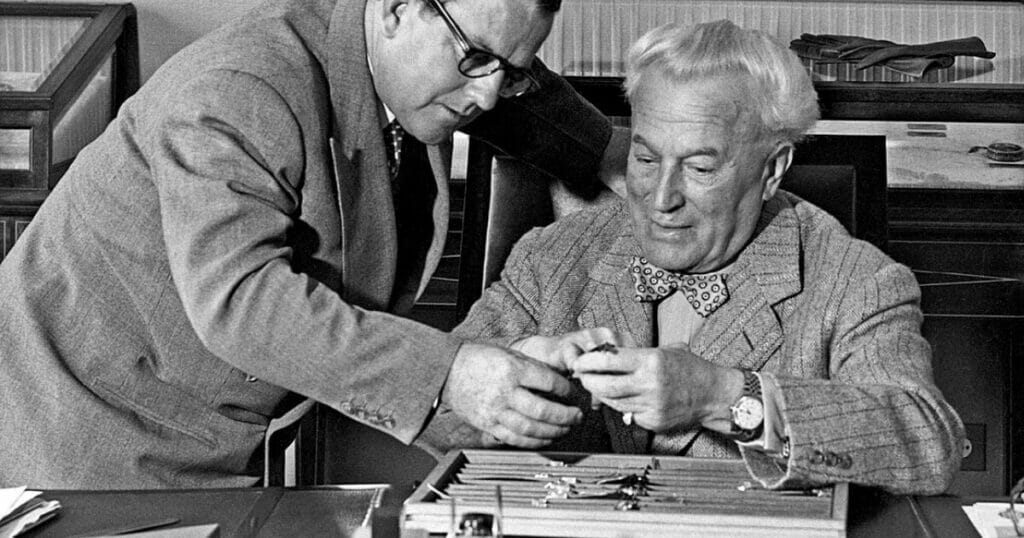
In 1900, Hans Wilsdorf moved to La Chaux-de-Fonds to work as an English translator and clerk for the highly respected watchmaking company of Mr. Cuno Korten. Part of his responsibilities in this position would include winding up hundreds of pocket watches each day before they were to be sent out for sale, as well as making sure that the machines were keeping accurate time.
Three years later, Wilsdorf would move to London, England and, with the help of his business partner and brother-in-law, Alfred Davis, found Wilsdorf & Davis just two years later, in 1905. The shop was modestly successful, and three years later, in 1908, it would rebrand itself again – this time, as Rolex.
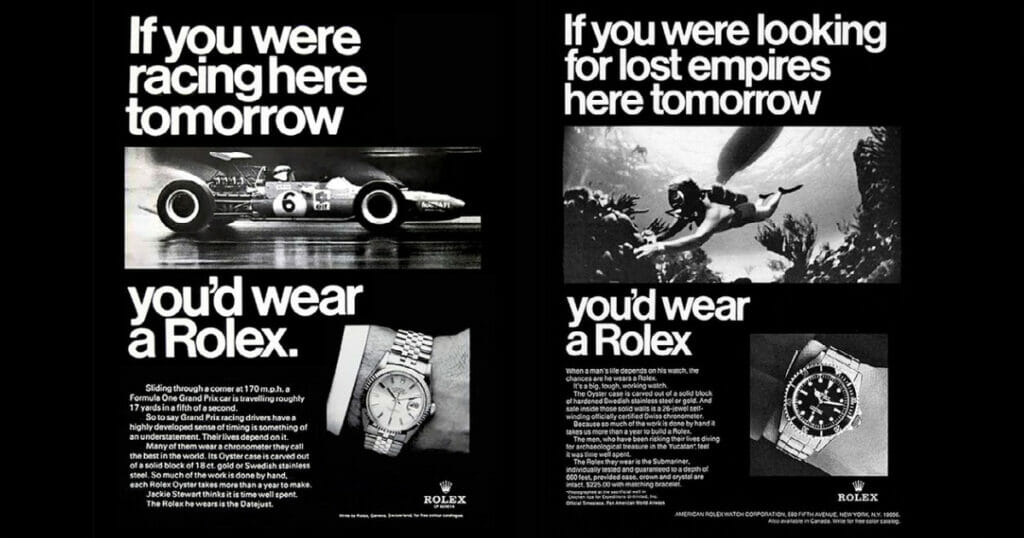
Rolex – The Founding of An Empire
During Rolex’s 50th anniversary, Hans Wilsdorf explained how he came up with the name Rolex:
“I tried combining the letters of the alphabet in every possible way. This gave some hundred names, but none of them felt quite right. It was one morning when I was sitting on the upper level of a double-decker powered at that time by horses, driving along Cheapside in London, that a good genie whispered in my ear: “Rolex.” A few days after this fruitful journey, the Rolex brand was filed, and then officially registered in Switzerland by Wilsdorf & Davis.”
The company that he would go on to found would become so influential, and synonymous with its product, that its very name became a synonym for the product as a whole, much as how “Googling” something has become a verb meaning “to search for information on.”
However, it’s important to take a moment and understand what was going on in the world at that time to understand how Rolex became such a powerhouse brand in the first place. Ultimately, as with so many things in life, it all comes down to timing – and Hans Wilsdorf was in the right place (or era, should we say) at the right time.

A Changing Perception in Wristwatches, and Who Should Wear Them
Rolex, as so many companies, did at that time, started out making pocket watches, as those were what was in vogue at that particular moment in history. This was not accidental – it was primarily the result of the perception of who should be wearing wristwatches in the first place.
When they were first invented, wristwatches were perceived to be a feminine accessory – it is believed that Queen Victoria of England was given one of the first ones ever made as a gift from a respected watchmaker in France. This perception would last until several decades later when a major historical event would reshape both the course of history and watchmaking at the same time.

How Did World War I Change Watchmaking History?
In 1914, World War I would break and ravage much of the European countryside. This would result in a number of innovations throughout the battlefield, including the first usage of the modern-day tank, chemical warfare, and weapons with rapid firing rates, such as machine guns.
However, there is a less often discussed innovation that came from the first World War that is directly pertinent to our topic at hand here. For the first time in history, men started to wear wristwatches as well instead of just women. Strategically, this made sense, as they kept more exact time and were easier to consult – the difference between looking at your wrist for a moment to time an attack or having to pull a watch out of your pocket and then attack could have been the difference between living, or dying, on the battlefield.
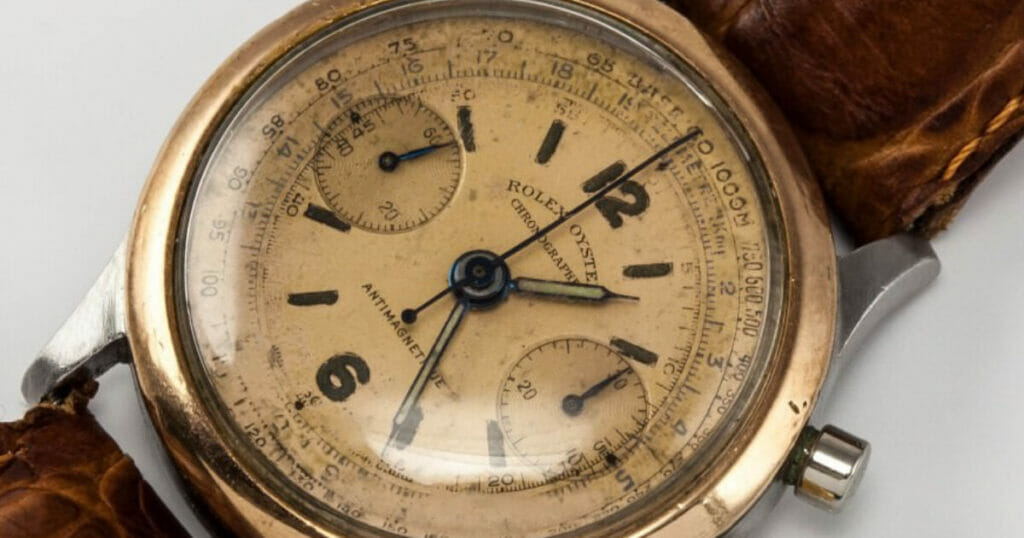
But a curious thing happened upon the conclusion of the war – it turned out that most men actually preferred wearing the wristwatch outside of combat as well, and soon, pocket watches began to fade from relevance as wristwatches became more ubiquitous in men’s fashion throughout Europe.
Some watch manufacturers would struggle with this notion – after all, they had been making pocket watches for decades, and the idea of learning how to make an entirely different product was too difficult to some and plain offensive to others. However, Hans Wilsdorf had managed to see the proverbial writing on the wall and changed his business plan accordingly. In 1914, he wrote:
“My personal opinion … is that pocket watches will almost completely disappear and that wristwatches will replace them definitively! I am not mistaken in this opinion and you will see that I am right.”
That sage insight, and Hans’s willingness to fully commit to his belief, ended up being not only highly profitable for him, but it would also change the course of horological history forever. Well before the war was over, Wilsdorf had decided that Rolex would focus on making wristwatches exclusively, as that was where the future of horology was headed – and he was right.
It should also be noted that England itself would also play a pivotal role in watchmaking history as well, although probably not in a way that they are particularly happy about. In 1915, the British government imposed a 33% tax on all imported goods, which Wilsdorf was readily unhappy about. He would decide during this time to permanently relocate Rolex’s headquarters, and though it took him until 1919 to do so, Rolex would eventually settle in Geneva, Switzerland, thus ensuring that when people think of high-quality watches, people think of “Swiss” as the first country that comes to mind.

The Later Life of Hans Wilsdorf and His Final Days
Hans Wilsdorf would propel Rolex to new heights of engineering and marketing of luxury watches, and in 1946, he would go on to found Tudor as well. He had given Tudor a very specific directive, which he publicly stated on March 6, 1946:
“For some years now I have been considering the idea of making a watch that our agents could sell at a more modest price than our Rolex watches, and yet one that could attain the standards of dependability for which Rolex is famous, I decided to form a separate company, with the object of making and marketing this new watch. It is called the Tudor Watch Company.”
As we will explore later, the fact that Tudor was founded with this directive in mind would forever shape the way the world viewed the company and the way the company viewed itself.
Outside of work, Hans also had two great loves of his life: his first wife, Florence Frances May Wilsdorf-Crotty, whom he would remain married to until she passed away from an illness in 1944. He would then remarry to Betty Wilsdorf-Mettler, with whom he would remain until his own passing in 1960.
If nothing else, Hans Wilsdorf was a man of great foresight, and he did not want his death to limit the way in which he could continue to positively impact the world long after he had shuffled off his mortal coil. To that end, he devised a rather simple, but clever plan, to be sure that his legacy would be ensured, and that his money would help to make the world a better place, long after he had passed away.
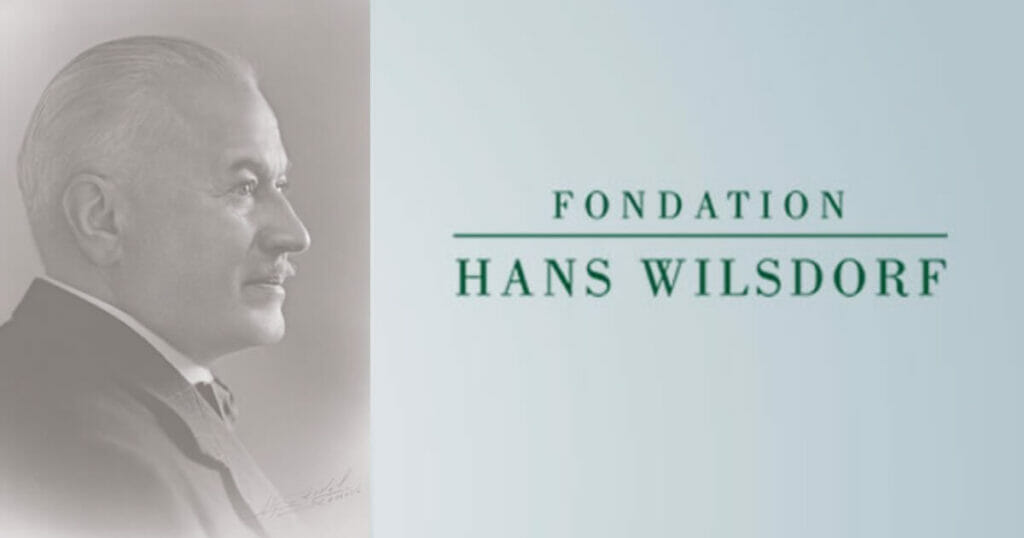
Hans made provisions before he died to ensure that no one could mismanage his money or use it in ways that were not consistent with his personal beliefs. To that end, he founded the Hans Wilsdorf Foundation in 1945, a full fifteen years before his death. One of the stipulations in his will was that, upon his death, his full ownership of Rolex be transferred over to the foundation, which still manages the company to this very day.
However, Mr. Wilsdorf still had one final parlor trick left up his sleeve, and we are happy to say it was a rather positive one. A portion of the profits of Rolex are divided up and dispersed into two different categories.
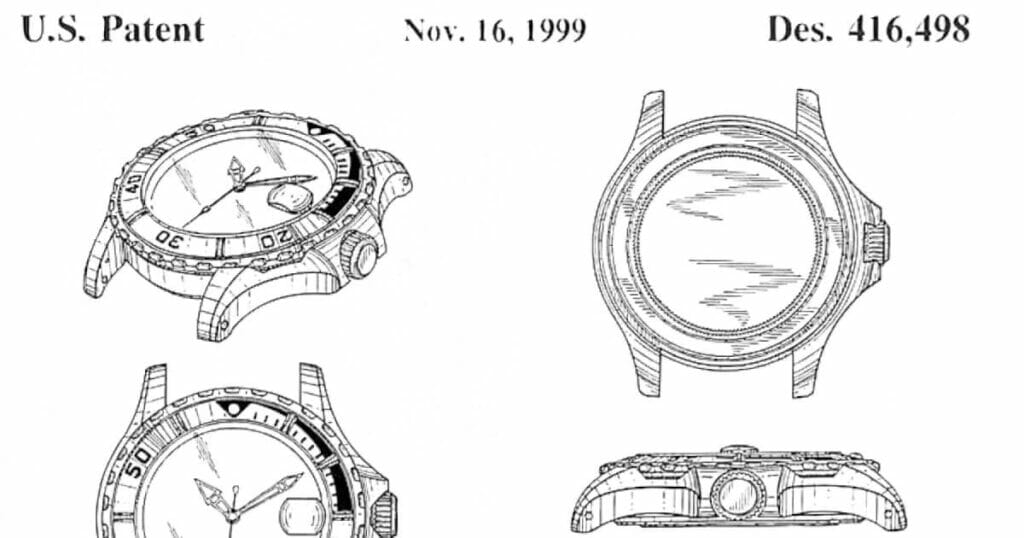
The first is the continual renewal of the patents that Mr. Wilsdorf had in his name upon his death, of which there are over 700 of in existence. This was vitally important from a legal standpoint, as it would help protect his intellectual property, and thereby the companies which he devoted his entire life to, from being taken advantage of by those with less than honest intentions.
The second category, however, is the one we are certain he would be most proud of, and the one he would like to be remembered for. Rolex discreetly donates money to a wide variety of children’s charities around the world, in keeping with Mr. Wilsdorf’s wishes. Because of his orphaned upbringing, it seems that Hans never quite forgot where he came from, and this results in him continuing to help children who have been placed in that unfortunate circumstance even today, some 61 years after his death.
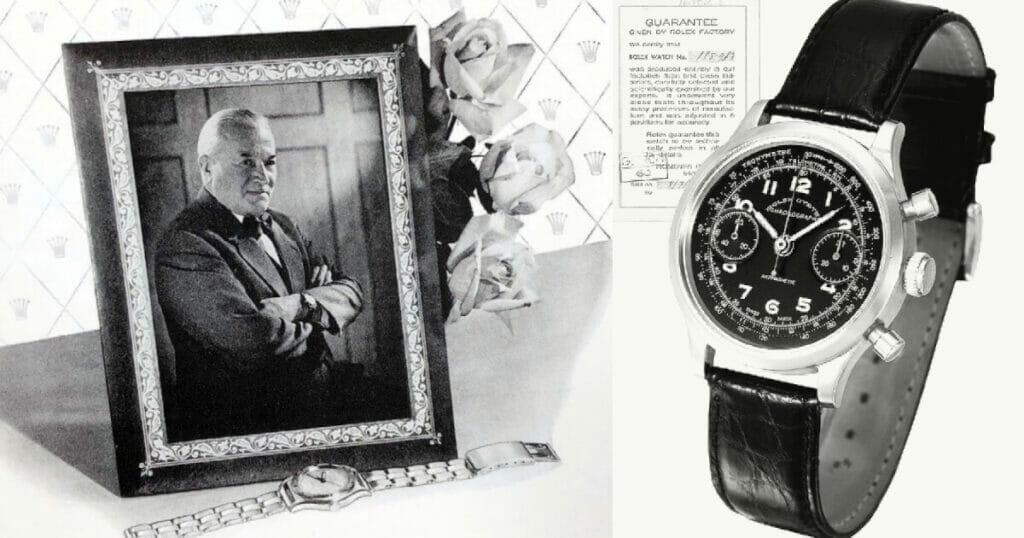
It is not an overstatement to say that Hans Wilsdorf’s achievements in watchmaking are unparalleled – no one person, or company, has come close to replicating the success that Rolex has had over the many decades since its founding, let alone has a second legacy brand to their name as well. If watchmaking had a Mount Rushmore, there is no question that he would occupy the first position on that hallowed mountain.
Rolex Vs Tudor: The Intertwined Legacy of Titan Siblings
Though Hans Wilsdorf may have long since passed on, and despite the fact that he did not have any biological children, it would be unfair to say he was not a “father” of sorts. The two companies that he left behind would forever change the way watches are made, sold, and viewed in popular culture.
However, as with most siblings, the relationship between these two “children” is a very complicated one. Rolex, the older “child,” was given a lot of attention, primarily because it was responsible for so many innovations in the world of horology – the number of firsts that Rolex is responsible for is astounding, and we will cover them in great detail in a later section of this blog.
Tudor, as with so many middle or younger siblings, did not receive the same attention and affection from its founder at the outset of its creation. As previously stated, Tudor was always intended to be a more affordable version of the Rolex wristwatch, one that would be more attainable to the “common man.”
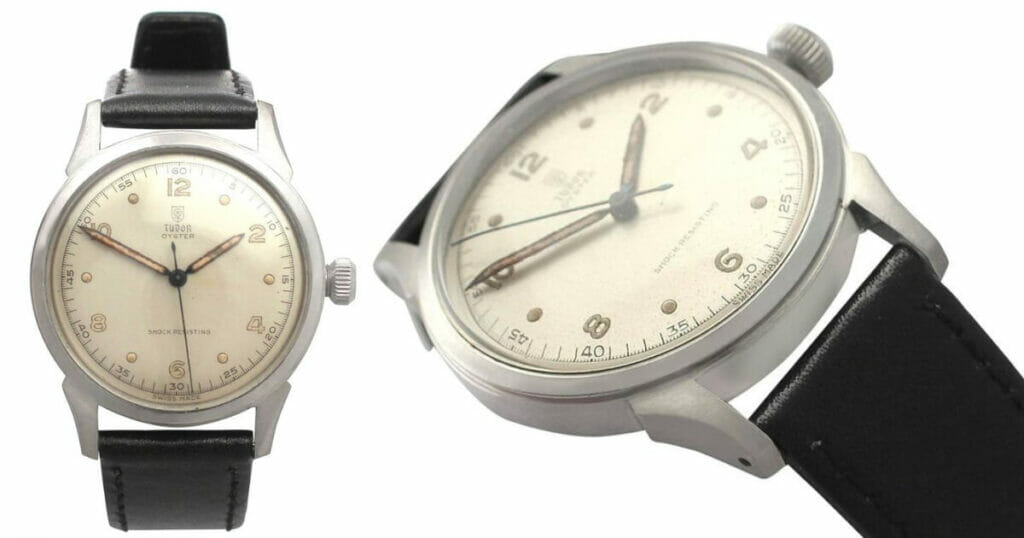
The problem with this, though, is that these are luxury products, and that kind of directive does not always bode well for a company whose whole mandate is to radiate class and exuberance. As a result, Tudor watches were not as prominently discussed among consumers or watchmaking professionals, and the company would operate without much fanfare for many years.
This is an extremely important thing to understand, as it would define Tudor’s whole outlook on itself as a company for many decades to come. Eventually, the point would come where Tudor, discouraged with the numbers they were seeing, would decide to pull out of the U.S. watch market entirely in the early 2000’s, leaving Rolex to continue its unceasing domination of that market.
Much like its founder, however, Tudor proved to be more wily than many anticipated – and would stage one of the greatest comebacks in horological history several years later. For now, though, let’s take a closer look at how, exactly, Rolex came to be the most dominant luxury watchmaker in the world, as well as what its future may hold.
How Did Rolex Become the Dominant Name in Watchmaking?
On occasion, a person or a brand has been famous for so long that it becomes impossible to remember how they rose to prominence in the first place. While we often see this in pop culture with regards to music or filmmaking/acting or athletics, it is a little less common to see it in the corporate world, and even more so when the company is as well-known as Rolex.
However, with even a cursory amount of research, it quickly becomes apparent that we can all be forgiven for not knowing this, because most of the people who were alive at the time of Rolex’s founding are, simply put, no longer with us. The reason why the company’s name has become a shorthand for luxury watches, and why it feels as if Rolex has always been around, is, well – because it has, at least for the vast majority of us.
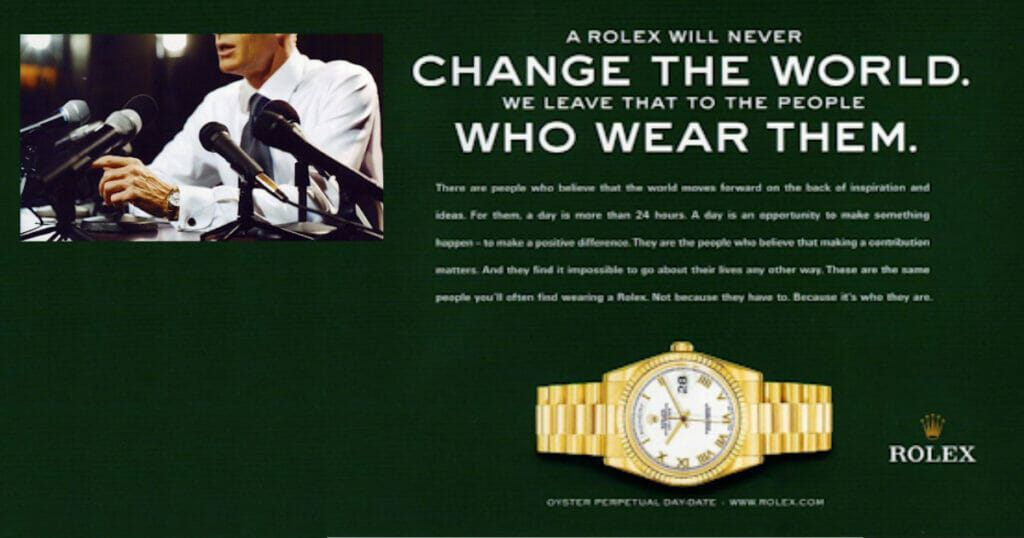
Rolex, as we know it today, was officially founded in 1915, though Hans Wilsdorf and Alfred Davis had been making and selling watches together in London, England for an entire decade prior to this as Wilsdorf and Davis. Hans Wilsdorf had one very, very clearly stated goal in mind when he founded the company: to make the best wristwatches in the world, bar none.
It is one thing to set out with a goal like that, but another to actually achieve it. But where does one begin to even quantify that sort of thing? How can one truly create the best wristwatch in the world? What sort of standards would you use?
It actually took Hans some time to figure out an answer to that question. Wilsdorf and Davis’s initial claim to fame would be that they were the first to introduce Swiss watch movements to other countries throughout Europe, thereby creating a new standard in the process. When they initially started out, they had a fairly simple business model – take Swiss watch movements and put them in watch cases manufactured in England. The result would be a watch with a higher quality movement than those made in England, and the company’s excellent craftsmanship began to be noticed by the public at large.
But one cannot build a legacy, or a legacy brand that has lasted for well over 100 years, upon quality craftsmanship alone. No, for that, you need people to write and talk about you, to have the press get involved. And in a world where there was no internet or social media with which to promote yourself, how do you do that?
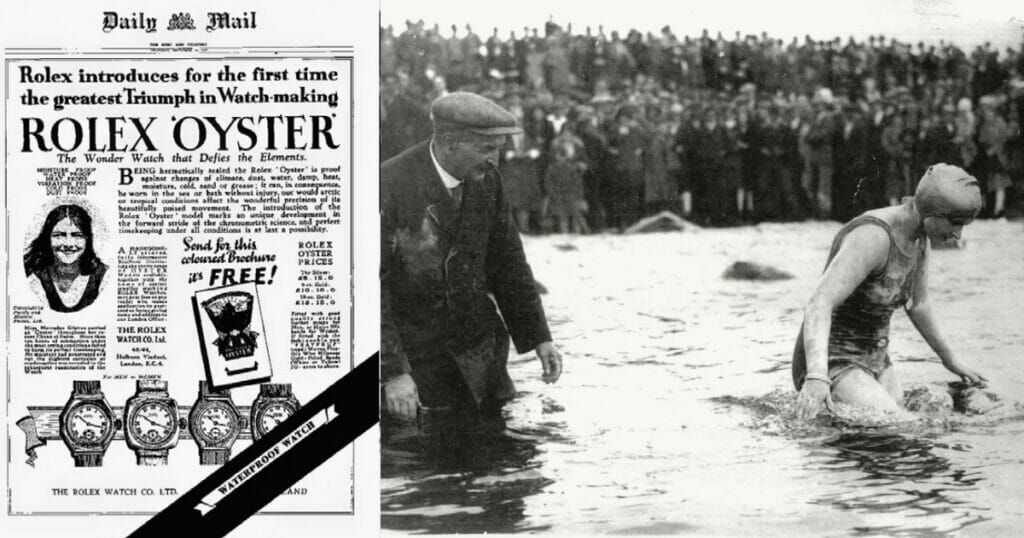
The answer is, you become the first person in history to do something. And in Rolex’s case, that is a trick that has worked very, very well for them over the years.
Rolex’s Long and Storied History of Innovation
When you actually sit down and take a look at it, it is a bit overwhelming to see how many achievements in watchmaking were first accomplished by Rolex. Wilsdorf clearly had a passion, bordering on obsession, to use technology to constantly improve his product, and as we’ll see in a later section, that ethos is still very much present in the company today.
Below is just a small compilation of the many notable achievements that Rolex has made in the field of horology since its founding:
· 1910 – Rolex becomes the first watchmaker to be granted a chronometer certification for a wristwatch
· 1926 – Rolex becomes the first company to the Mariana Trench, and it manages to not only survive the trip, but keep perfect time as well
· 1931 – Rolex offers their first self-winding wristwatch, which results in less work for the wearer and more accurate timekeeping simultaneously
· 1945 – Rolex offers their first wristwatch with a self-changing date on the dial
· 1953 – Rolex releases a wristwatch that can withstand up to 100m of pressure while diving
· 1954 – Rolex produces a wristwatch that can show two time zones at once
With all of these technical achievements, it wasn’t hard for Rolex to continually market themselves as innovators in their field, which is an image that they still work very hard to uphold today. Their attempts to uphold that image, however, aren’t so much concerned with a legacy as they are with fiscal expansion. As we will explore in this next section, for the time being, Rolex seems to be very content with, well, just being Rolex.
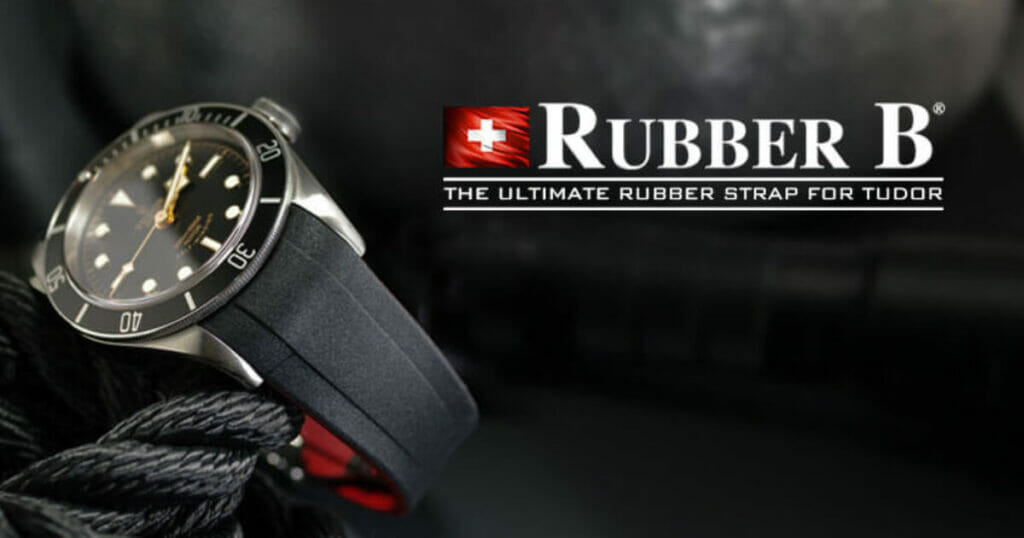
What is the Current State of Rolex Right Now?
Being that Rolex watches are sold in more than 100 countries around the world and that they produce more than 1,000,000 a year, their fiscal dominance over the world of watchmaking has been well documented at this point in time. And in terms of world record-breaking innovations? To be honest, they really haven’t broken any new records for at least the last couple of decades, though they would probably say that’s because they already hold all of the records to begin with.
It should be noted that while they’re not exactly setting world records anymore, Rolex is still very much being technically innovative when it comes to the designs of their watches and, even more importantly, the products they use to manufacture them. The Oyster Steel® that they use on their watches is made from a proprietary carbon steel now, and they have become progressively more staunch about manufacturing materials in-house as much as possible.
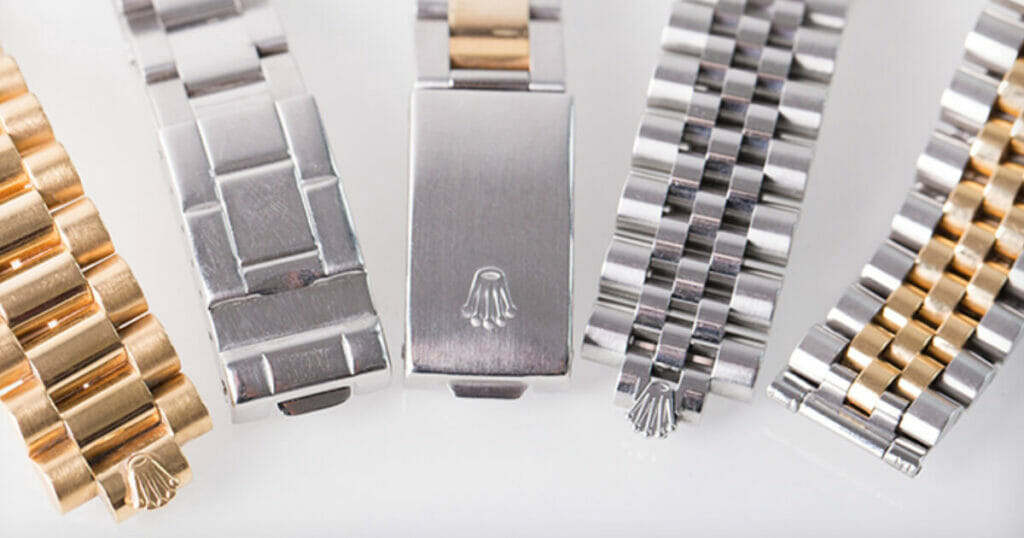
However, what is actually most interesting about Rolex at this present moment in time, and most telling about where the company is and how it views itself, is its marketing strategy. Rolex has decided that it wanted to move into an even further rarified stratosphere of watchmaking, but it would need some help from its little brother to successfully implement that strategy.
Where is Rolex Going to Be Heading in the Future?
As far as we are able to tell, Rolex’s main goal going forward seems to not have anything to do with technical innovation or accessibility, but actually the opposite. They are heading full-tilt into the luxury space, as their price points have either remained consistent or increased significantly, depending on the timepiece in question.
Rolex’s primary directive is to be seen as not only elite but utterly luxurious, meant only for those who can truly afford them. The issue with this kind of strategy is that it is extremely difficult to implement. For one thing, you very likely risk alienating a significant amount of your fan base, many of whom have been loyal customers for decades at this point.
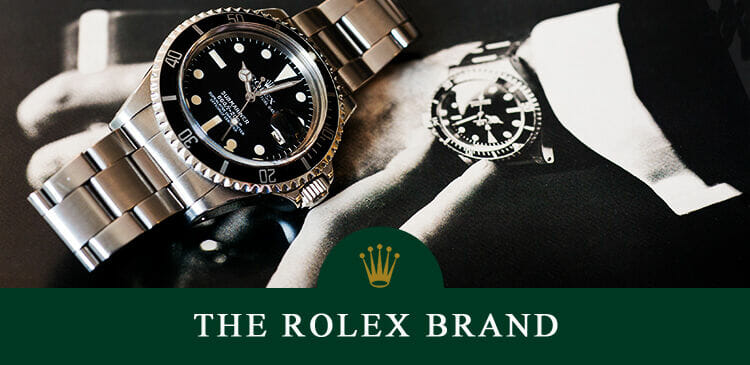
The other is that, from a technical standpoint, Rolex can no longer claim to be the most mechanically advanced watchmaker on the market, especially when others, such as Audemars Piguet and Patek Philippe, have stepped in to fill that void. The result is that it makes it even harder to justify those price points when other luxury watchmakers are charging less for their products.
Rolex is hell-bent on moving out of the mid-tier luxury watch space, though, and they are using every ounce of their name recognition and clout to do so. Their prices will likely continue to rise, even as the products don’t actually change that much when new iterations are released.
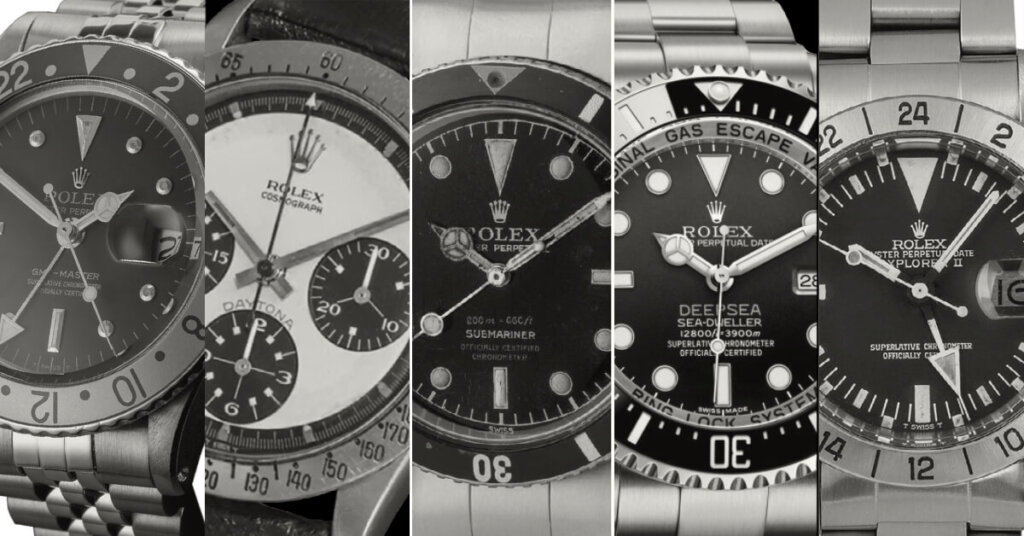
It remains to be seen if this is a strategy that Rolex is going to continue to implement going forward for the long term, or if they are going to slow down for a few moments and consider their long-standing customer base more in their decision making. The consumers who have been so loyal to them for all of these years have helped build the company up into the legacy brand that it is now, and it is their concerns that should come first and foremost when decisions are being made.
In the meantime, it seems that Tudor is stepping in to fill the market space that Rolex once previously occupied with regard to its place in the watchmaking world. And while this may seem somewhat surprising at first, a deeper understanding of Tudor’s history actually reveals that this move makes sense in a lot of ways and was, to be honest, a long time in the making.
Let’s take a few moments to take a closer look at Tudor and understand how the younger Wilsdorf “child” managed to perfectly position itself to take over the space once so vigorously occupied by its sister company.
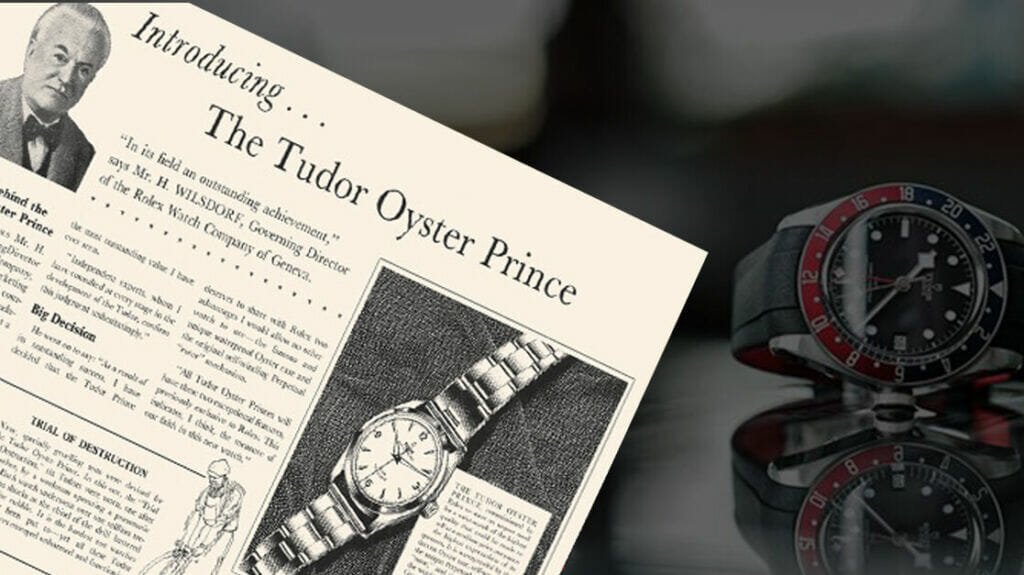
A Brief History of the Founding of Tudor Watches
Tudor is unique in that, if one wanted to get really technical, it actually has two different founding dates. It was initially founded in 1926, and the Tudor trademark was registered for by the Swiss watchmaking company Veuve de Philippe Hüther at the instruction of Hans Wilsdorf. Wilsdorf himself would assume control of the brand in 1936, and in 1946, he would rebrand it as Montres Tudor SA.
From its outset, Tudor’s mission has always been different from that of Rolex’s directive. Whereas Rolex was meant to cater to the wealthy, Tudor was, in his words, meant to appeal to “the common man.” Its mission had always been intended to produce a more affordable version of a Rolex watch, and by doing so, Hans Wilsdorf would be able to corner a large portion of the watchmaking market for himself.
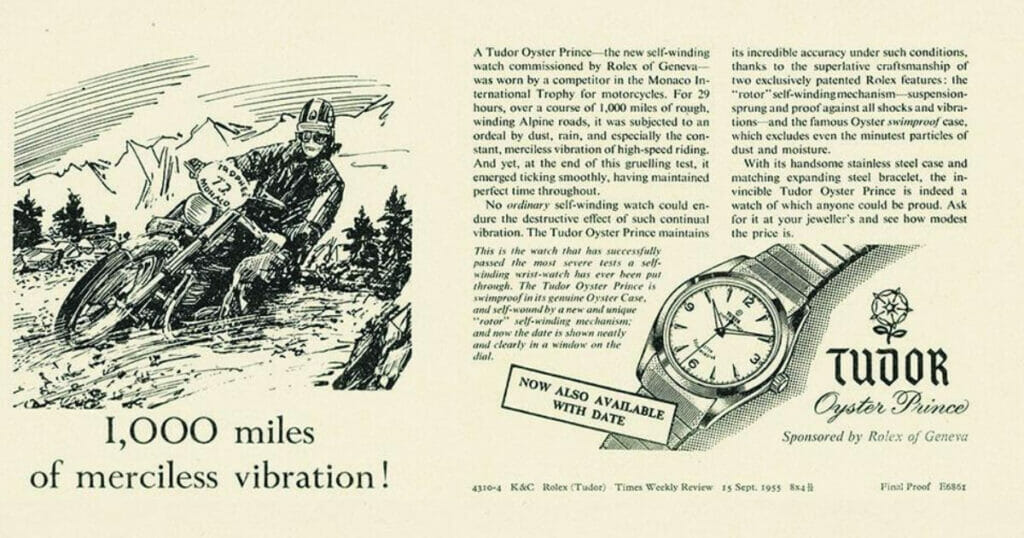
As he did with Rolex, Wilsdorf started with a relatively simple plan to achieve his goal. Tudor would use off-the-shelf movements and house them in Rolex quality bracelets and cases, thus allowing them to be resold at a lower price point. Once exclusive to Rolex watches, the waterproof Oyster case would be added to the Tudor watch line as well. In 1952, they would release their first self-winding watch, the Prince, and later that year, 26 of these watches would be used on Britain’s scientific expedition to Greenland.
From the 1950’s on, Tudor developed a reputation as a maker of “tool watches,” and while they had limited success selling their timepieces to the general public, they found eager and wiling customers in the form of two superpower governments – the United States, and France.
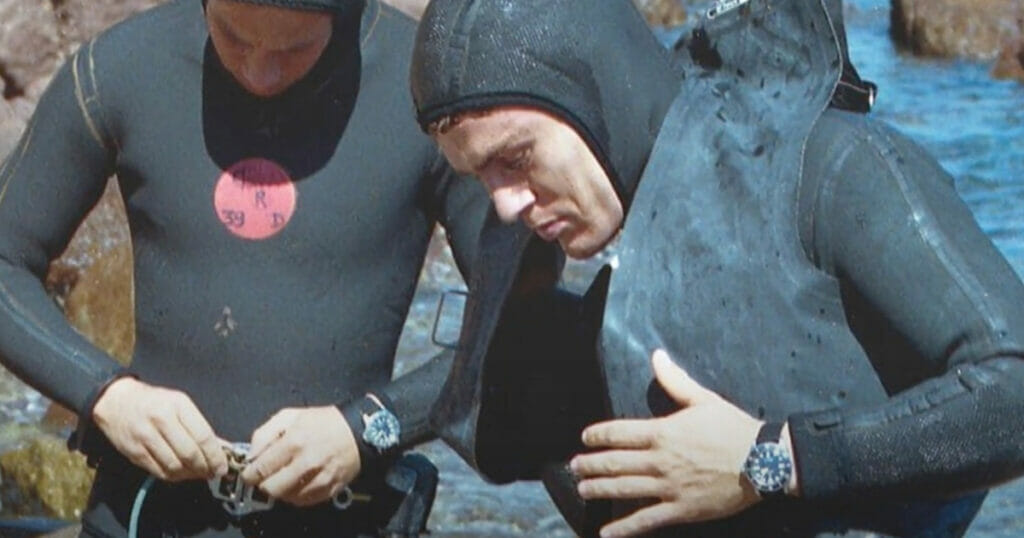
The U.S. Navy and the French Marine Nationale would largely begin buying these watches in bulk, as they offered the same water resistance as a Rolex but were significantly cheaper to purchase. And for a while, it seemed that this is where Tudor would stay, occupying a comfortable middle ground and having reliable business, but never achieving the notability of its older sister brand.
Ultimately, that would not prove to be the case, but it would take them a while to find success on their own terms. Tudor spent years struggling to find its own voice, to outgrow the enormous shadow that Rolex had unfairly placed upon it. But how would it go about doing that?
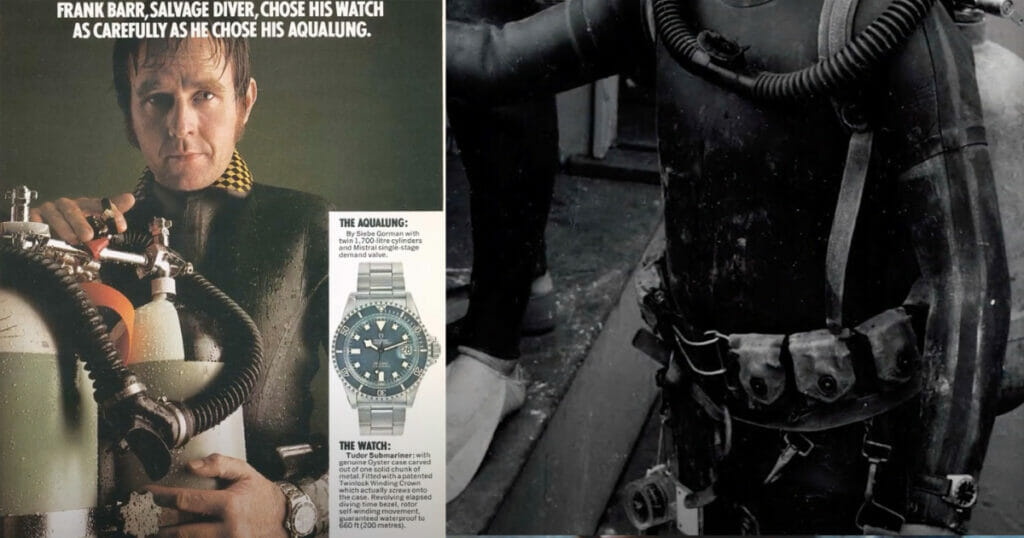
Tudor Stages a Fantastic Comeback in the Early 2010’s
Business would be consistent in the United States, but it seemed as if Tudor would never be able to compete with Rolex in the luxury watch market there, so in 2003, they decided to leave the market entirely and stop selling their watches there. At the time, this was seen as a loss by those who truly knew and loved watches, but the general public didn’t really seem to take much note of it at the time.
This led Tudor to go back to the drawing board and figure out who they truly wanted to be as a brand, independent of Rolex. While the lack of financial success certainly wasn’t helping the situation, ultimately, the decision to withdraw was indicative of something much more significant – the desire to be known on their own merits, and to be beloved for the excellent watches they were producing on their own accord.
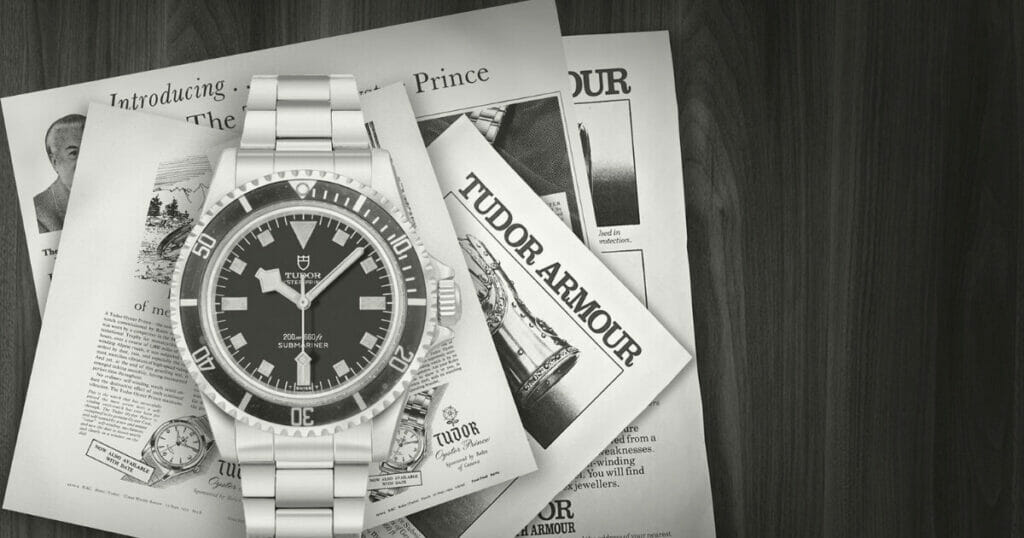
Tudor then did something rather brilliant and changed up their game plan entirely by focusing much more on their marketing. And in doing so, they realized they had an advantage that they had never previously capitalized on – the very fact that they were not Rolex.
Because of this, there were far fewer expectations placed upon them as to what a Tudor watch could, and should, be. The quality of the watches had never been the issue – their timepieces had always been of excellent quality. No, the issue had always been in the marketing, in the fact that they had always been their own brand and never been given the chance to shine before.

So after much deliberation, they essentially decided to be the complete opposite of their older sister company in terms of how they presented themselves. Rolex didn’t want to have a lot of celebrity endorsements, choosing instead to put the majority of their focus on the watches themselves. Tudor, by contrast, decided to lean very much into the opposite direction, and they are now today known for having great relationships with a number of celebrity ambassadors from across the globe.
Rolex has always been known for being somewhat serious and austere about their marketing and the way they present themselves to the general public. Tudor realized that they were able to present themselves in a different fashion, as being more fun-loving and outgoing. And sure enough, people began to notice the brand more and how much they had reinvented themselves over a period of time.
And then a very funny thing happened – as people started taking a closer look at Tudor because of their marketing, they realized something that the company itself had always known – they make really, really great watches. This led to people talking and blogging and commentating more about Tudor watches, and slowly but surely, people in the United States were clamoring for Tudor to come back to their shores once again.
In 2013, after having spent a decade away from the North American market, Tudor once again began selling watches there, and has had consistent success to this day.
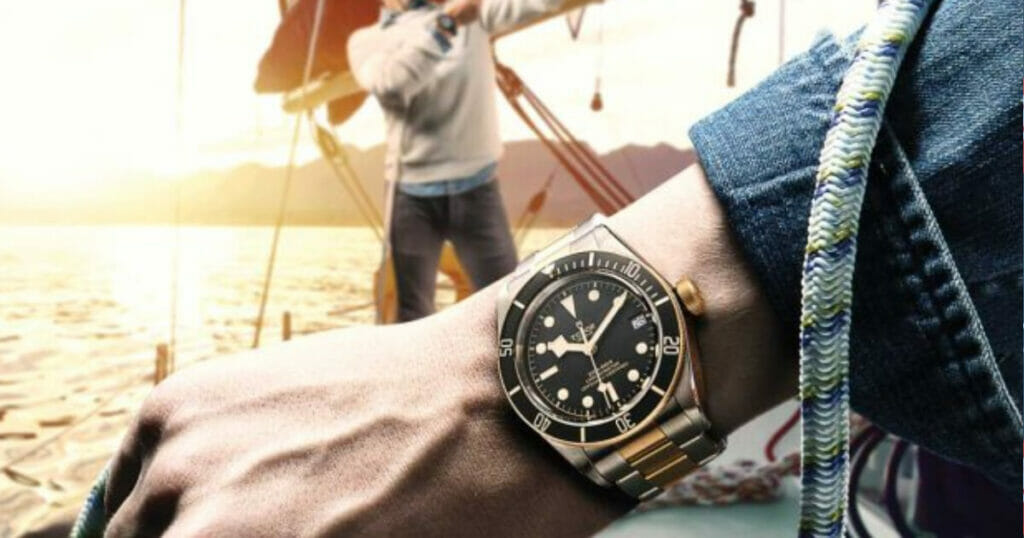
What Does the Future Look Like for Tudor?
In short, the answer to this question is: pretty bright. They are one of the most eagerly awaited panels when they present at Baselworld each year, largely because, in the spirit of being the “fun” brand, they are willing to take risks with their watch designs and marketing that Rolex will not, as it would not be consistent with their current branding.
The other thing of import to note here is that Tudor only seems to be increasing their influence as they occupy more and more of the market share that Rolex has ceded over the last few years in the luxury watch space. Tudor’s pricing remains far more consistent, and this has resulted in very strong brand loyalty among long-time watch collectors.

Is One Watch Brand Better Than The Other?
The short answer to this question is, very simply, no. Though it has taken many, many years for them to do so, Tudor has managed to forge a completely separate identity from Rolex at this point in terms of what they manufacture, and how they go about presenting themselves.
While Rolex makes what many would say is the “technically superior” watch in terms of its movement and other internal mechanisms, Tudor has significantly closed that gap over the last several years and started manufacturing its own in-house movements. The result of that is the once significant difference between the quality of a Tudor watch and a Rolex watch has slowly diminished, and will only continue to do so with time.
(insert image here)
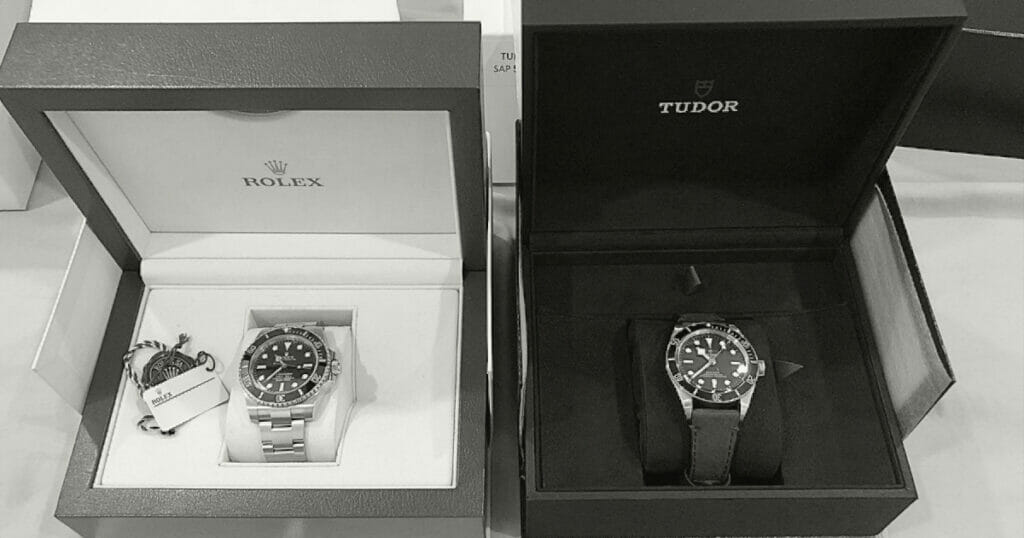
So at this point, what is truly left to separate the two if not the quality of their watches? The only thing left that truly stands between them is their names, and the complicated legacies that come with each of them. After spending years in its shadow, Tudor has managed to emerge as a more cost affordable alternative to Rolex, and has managed to do so without sacrificing much in the way of quality at all.
In short, while Rolex clearly manufactures a fine wristwatch, ultimately, what you are mostly paying for when you purchase a Rolex is the ability to say that you now own a Rolex. Many long-time collectors have started purchasing Tudor watches more frequently, as the amenable price point and high quality are all they were really looking for in the first place.
Our Final Thoughts on the Rolex Vs Tudor Saga
Ultimately, the most compelling question here was never really which watch is better – that’s always going to be a subjective question, one that, in this particular instance, is based more on how much you’re willing to pay for name recognition than anything else.
No, the truly interesting question here is “What’s in a name, and does that have to define you forever?” For those who have been in the world of horology for some time, it has been absolutely fascinating to watch Tudor fully come into its own and find a way to have its own voice, and its own reason for being. They spent years struggling to truly find that, and it is always refreshing to see reinvention not only be successfully accomplished but to have the whole of the world of watchmaking be better for it.
All parents truly want in life is to know that their children have made something of themselves, that they have fulfilled all of their potentials. Hans Wilsdorf can now be certain that both of his brands have fully lived up to all that they could be, and will continue to do so for many years to come.
Are You In Need of a Custom Rubber Watch Strap For Your Rolex or Tudor Timepiece? Visit Rubber B Today
If you need a custom rubber watch band for your Tudor or Rolex watch, simply visit the Rubber B website today to get more information on our complete product catalog, as well as to learn more about our pricing and our shipping policies.
Follow us on Instagram
